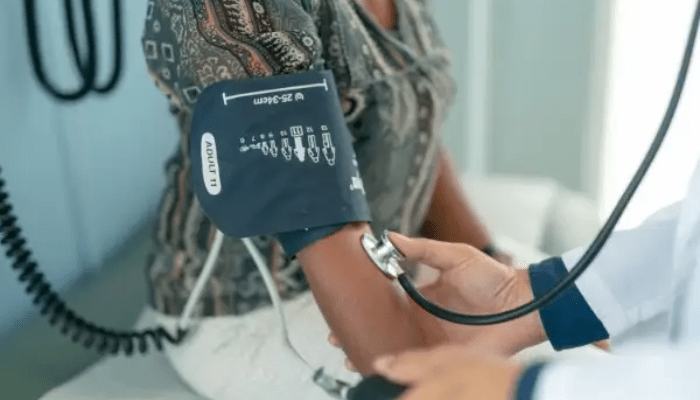Practical apps to measure blood pressure on Apple watch on smartwatch by cell phone
Blood pressure is one of the main indicators of cardiovascular health and a crucial factor in preventing heart disease. In today’s busy world, it is critical to regularly monitor blood pressure to detect any changes and act promptly. That’s where the incredible advancement in technology comes in: apps to measure blood pressure.
By adopting an application to measure blood pressure, you will be diving into a world of practicality and control. These apps are often designed to work in conjunction with mobile devices, allowing you to monitor your blood pressure in real time at the touch of a finger.
In addition to convenience and accuracy, blood pressure measurement apps offer a number of additional features that further enrich your monitoring experience. Many apps allow you to record your daily readings, creating a detailed history that you can share with your doctor or health care specialist.
How to measure and calculate blood pressure?
The measurement and calculation of blood pressure are important procedures for assessing cardiovascular health and identifying possible changes in blood pressure. There are different methods to perform this measurement, including the use of a traditional blood pressure device.
There are two common options for measuring and calculating blood pressure:
- Manual measurement with sphygmomanometer: In this traditional method, you need a sphygmomanometer, a cuff and a stethoscope.
- Use of automatic blood pressure monitors: These devices are portable and easy to use. Simply wrap the cuff around your upper arm and press the button to start the measurement.
Regardless of the method chosen, it is important to follow the manufacturer’s instructions or seek professional advice to ensure correct blood pressure measurement and calculation. These measures are essential to monitor cardiovascular health and help prevent and control blood pressure-related diseases.
Free blood pressure measurement apps
These free apps are a convenient way to monitor blood pressure, providing a more detailed view and helping to promote proper cardiovascular health.
In addition to measuring heart rate, Cardiograph offers additional features to track cardiovascular health. It allows users to record their measurements over time, create personalized profiles and set health goals. The app also offers the option to generate detailed reports and share the results with healthcare professionals, facilitating further analysis.
The app allows users to record their measurements over time, create custom charts and reports, and set healthy blood pressure goals. Based on the collected data, the app is also able to provide personalized insights and recommendations to help users keep their blood pressure in check.
In addition, SmartBP offers the possibility to generate detailed reports and share the information with health professionals, facilitating a more accurate monitoring and a deeper analysis of blood pressure. With SmartBP, users can equip themselves with advanced tools for blood pressure control and adopt a healthy lifestyle to prevent cardiovascular disease.
In addition to recording information, MyDiary offers a number of additional features that extend its usefulness and versatility. The application allows the configuration of personalized reminders, helping users to remember to take medication, perform scheduled physical activities or perform any other important task for their health
Additionally, Blood Pressure Tracker provides personalized reminders for regular blood pressure measurement, helping users maintain a consistent monitoring routine. With advanced features and a user-centric approach, Blood Pressure Tracker is an indispensable tool for anyone who wants to actively take care of their cardiovascular health.
What can high blood pressure cause?
High blood pressure, in addition to the serious complications mentioned above, can manifest itself through a series of symptomatic characteristics and risk factors. Below is a list of some of these aspects:

- Headache (headache);
- Dizziness;
- Blurry vision;
- Heart palpitations;
- Breathing difficulty.
It is important to note that these symptoms are not always present, making hypertension a silent and dangerous disease. In addition, high blood pressure is often associated with risk factors such as obesity, sedentary lifestyle, excessive salt intake,
smoking and stress.
